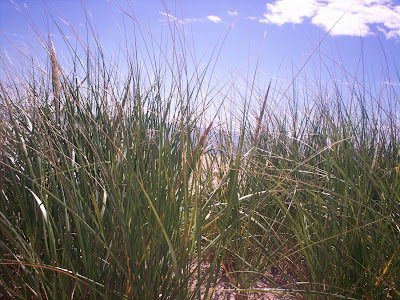This is a remarkable place. This is the mouth of the Connecticut River. When Dutch navigator Adrien Block first sighted this place in 1614, we may imagine it looked similar to what it does today. The Connecticut River is rare among major rivers of the US in that no large city developed where it begins.
There’s just this.
Serene and natural, with nary a skyscraper or refinery in sight.
Now, how did that happen?
This is largely due to a geologic trait. The river carries an enormous amount of silt, as far away as from where it starts in northern New England, and sweeps it down through the hinterland, dumping it at the mouth, creating a sandbar here where it joins Long Island Sound. The silt deposits were a challenge to navigation in the early days, clogging up the works, so the speak, and so made for an inopportune spot for a metropolis.
Boston has its Charles River, and New York City its Hudson and East River. Philadelphia has its Schuylkill, and D.C. its Potomac.
The Connecticut River has instead a less auspicious, but more peaceful paradise.
The river has had its ups and downs over the years (literally, as the Algonquin word “quinetucket” means long tidal river - which it is as far as Windsor Locks near the Massachusetts border). The repository of waste from factories and human habitation left the river in dismal shape some 50 years ago. Today, through extensive cleanup and conservation measures, it has been upgraded to class B, fit for swimming and for fishing.
Here with the towns of Old Saybrook on one side and Old Lyme on the other, you can take out your boat, or sit on the dock to fish, or just stand on the banks on one of those eternal, golden summer days and let your eyes wander on what Adrien Block’s eyes saw, and agree with him that this river begs to be explored.
















No comments:
Post a Comment